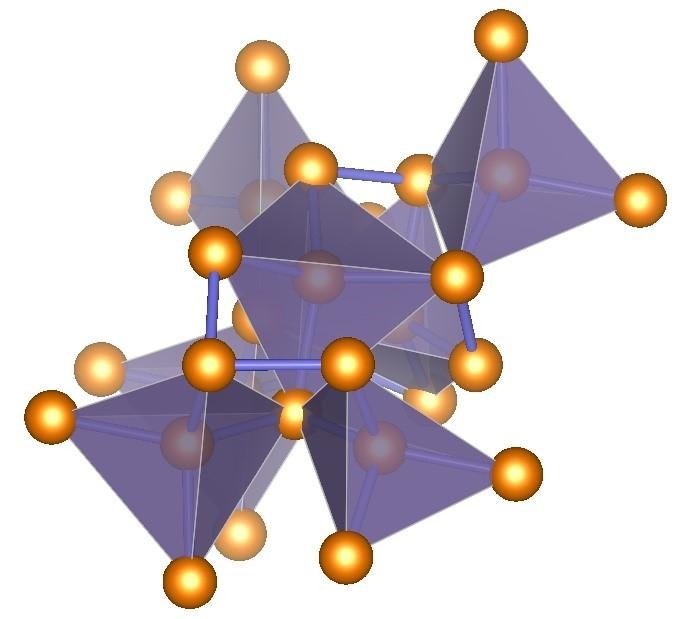Jan 4 2017
 New bendable electronic devices like the one pictured above could become more common in the future. Photo by John Rogers, University of Illinois, courtesy of the National Science Foundation.
New bendable electronic devices like the one pictured above could become more common in the future. Photo by John Rogers, University of Illinois, courtesy of the National Science Foundation.
Although germanium may not be as widely known as silicon, its group-mate on the periodic table, it has got immense application potential in next-generation energy technology and electronics.
Certain forms of germanium that can be synthesized in the lab under tremendous pressure conditions are attracting more attention. However, one of the most-potential forms of germanium for practical applications, referred to as ST12, has only been developed in minuscule sample sizes, which is too small to definitively validate its properties.
Attempts to experimentally or theoretically pin down ST12-germanium’s characteristics produced extremely varied results, especially in terms of its electrical conductivity.
Zhisheng Zhao, Carnegie
The study’s research team, headed by Carnegie’s Timothy Strobel, was able to develop ST12-germanium in a large enough sample size to validate its features and useful properties. Their findings have been published in Nature Communications.
“This work will be of interest to a broad range of readers in the field of materials science, physics, chemistry, and engineering,” explained Carnegie’s Haidong Zhang, the co-leading author.
ST12-germanium consists of a tetragonal structure. Its name ST12 means “simple tetragonal with 12 atoms.” It was developed by placing germanium under approximately 138 times normal atmospheric pressure (14 GPa) and then decompressing it gradually at room temperature.
The millimeter-sized samples of ST12-germanium that the team developed were large enough that they could be analyzed using a number of spectroscopic methods in order to validate its key features.
Similar to the most universal, diamond-cubic form of germanium, they discovered that ST12 is a semiconductor with an indirect band gap. Metallic substances conduct electrical current without difficulty, whereas insulating materials do not conduct current at all.
Semiconducting materials display mid-range electrical conductivity. When semiconducting materials are forced to undergo an input of a specific energy, bound electrons can be transported to higher-energy, conducting states. The specific energy needed to achieve this jump to the conducting state is referred to as the “band gap.” Direct band gap materials can efficiently absorb and discharge light, but indirect band gap materials cannot do the same.
Our team was able to quantify ST12’s optical band gap--where visible light energy can be absorbed by the material—as well as its electrical and thermal properties, which will help define its potential for practical applications. Our findings indicate that due to the size of its band gap, ST12-germanium may be a better material for infrared detection and imaging technology than the diamond-cubic form of the element already being used for these purposes.
Timothy Strobel, Carnegie
The other team members were Carnegie’s Duck Young Kim, and Emma Bullock, as well as Wentao Hu of Yanshan University. This research was supported by eFREE, an Energy Frontier Research Center funded by DOE-BES. Computational aspects of the work used the Extreme Science and Engineering Discovery Environments, supported by the U.S. National Science Foundation. Additional funding came from the National Science Foundation of China.